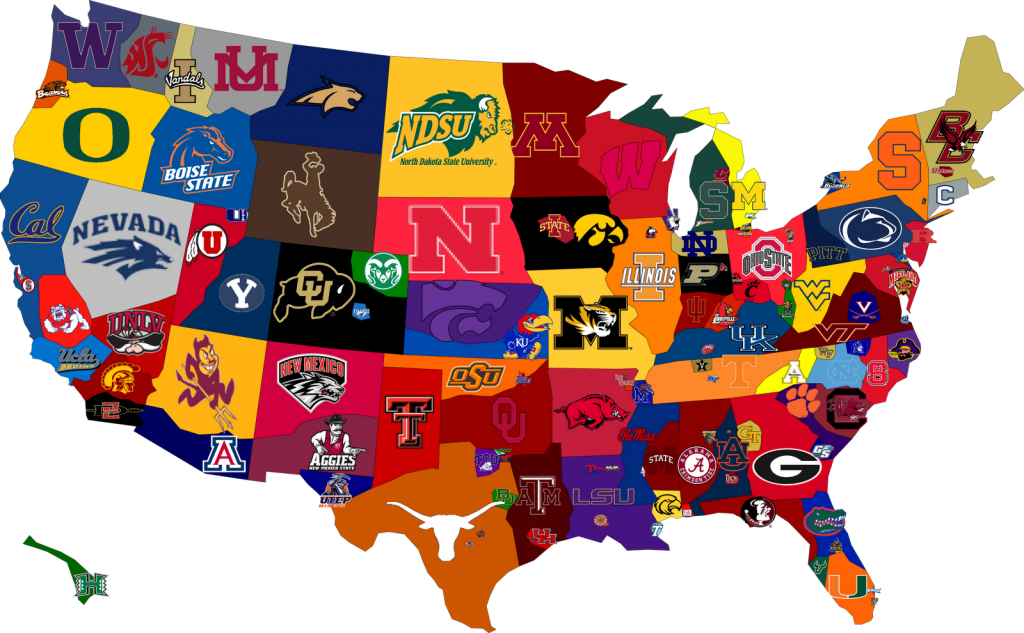Division III and NAIA Div-III and NAIA can provide a really good level of play and a great brand of soccer. There could be less travel than big Di
Division III and NAIA
Div-III and NAIA can provide a really good level of play and a great brand of soccer. There could be less travel than big Div-1 programs and give a different life balance while still playing at a very strong and committed program. The “off-season” may be less demanding depending on the school. Academics will be a big priority at many of these schools. Let’s keep in mind that is how it should be for virtually all student-athletes, regardless of the school they attend. Although, many of the more powerful and elite athletes are often found in Div-1 programs, you will find quality soccer players and talented athletes playing D-3 and NAIA. The facilities at some of these schools are on par with top end Div-1 programs. Soka University, where I am currently assistant men’s soccer coach, hosted preseason for the Seattle Sounders in 2019. We have some incredible facilities and consider them to be some of the best around. At the same time, some teams in our NAIA conference share facilities with a local Junior College or off campus facility. These are things that can be researched by the aspiring collegiate athlete as they consider the school they want to play for.
Junior College and College Club
Junior Colleges can be very affordable and a great way to get general education courses taken before transferring to a four year univerisity. They offer scholarships and can be great for players to develop more before transferring to a four year program. I was a player that transferred from a Junior College into a Div-1 nationally ranked team. This allowed me to play nearly every minute of every game in all my college years. Not only did I gain valuable playing experience and confidence on the pitch but I matured in the classroom as well.
Believe it or not many club teams at Universities can be quite a good level and some travel involved. College club soccer offers an additional means to playing during the collegiate years. There are many reasons to consider a club team. Maybe a lower level of commitment is desired, the players talent is not up to college level, or you simply want to attend a particular school for academic reasons all make Club soccer a great option. If you have a love of the game and a desire to keep playing but can not get into a NCAA or NAIA program than college club soccer is worth looking into.
Scholarships
There is often a misconception when it comes to scholarships. Some think there is way more athletic scholarship on offer than there really is. Ivy League and Div-3 do not have athletic scholarships. Most Div-1 and 2, NAIA and Juco’s offer athletic scholarships. Most NCAA Div-1 and 2 programs have have 9.9 full scholarships per team. This is not per class but per team. NCAA Women have 14 scholarships per team. NAIA can have up to 12 per team. Keep in mind a team can have rosters of over 30 players to spread those athletic awards around. If you are expecting a full athletic scholarship than you must be a top, top recruit. Meanwhile, Juco’s can have up to 24 scholarships per team. This is an award that will be offered by the coach to the player. Each recruit is a unique situation. Some players may require less athletic scholarship because they qualify for other financial assistance. Family income is one factor in whether a student qualifies for financial assistance. Academic merit awards can give the student-athlete additional financial aid. Maintaining a high GPA, good SAT/SCT test scores and participating in clubs and volunteering opportunities all help in the application and financial award process.
Before any decisions are made the family should sit down and look at the financial picture. Determine what the student athlete can afford over four years. Are loans an option? Can the student work part-time if needed to make ends meet? How much is tuition, room and board? Is scholarship money offered? Does the student think the value of the education is worth the offer? This article cannot cover all the details that go into grants, scholarships, tuition, room and board, etc. Each situation is unique and there are resources online to help with the process.
Final Thoughts
Back to the big picture. Consider the overall environment that will suit the student-athlete. Where will the student-athlete thrive? What are the priorities? Is it an academic program? Is there a tradition that the family has in regards to college that perhaps make the school more familiar? Is location important? Maybe closer to home is preferred. Is a large school or smaller private school better for focusing on the academic side? Did the visits give a good feeling for the school? Is it inner-city or urban setting? Are you comfortable with the coach staff? On the athletic side, does the team culture align with your values? Are you comfortable with the living arrangements and what the campus life is like? Do you have a good understanding of what four years will be like at that particular school? Does it feel like you could be an effective team member and be successful in the classroom? It will be challenging to find the 100% ideal fit. If you can feel good with most of what’s been mentioned then that is a good sign. It will help the student-athlete move with confidence into a great opportunity and life experience.
Links to the first two articles can be found here. Part I and Part II
